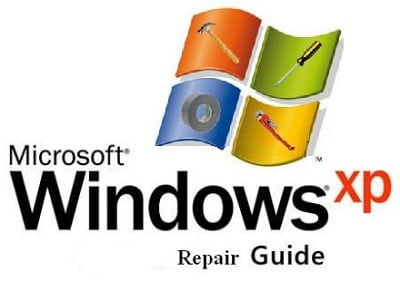Are you still using the Whistler aka Windows XP. “XP” is short for “eXPerience” and I think it is apt when it comes to the dreaded boot and BSOD errors we experience while using the OS. Use these 8 Recovery Console commands to deal and heal these errors.
- Boot from your Windows XP CD.
- In the blue welcome screen select the second option “To repair a Windows XP installation using Recovery Console” by pressing “R”.
- Now the console shows the list of windows installations, select the valid Windows installation which you want to log on to (repair) by entering the corresponding number eg.”1″. Now enter the administrator password and hit enter(if no password, just hit enter).
- Using commands (Here C is the boot and system partition)
C:\WINDOWS> CD .. //to get to the basic root of C:
C:\> ATTRIB -H C:\\boot.ini //change the hidden attribute of boot.ini
C:\>ATTRIB -S C:\\boot.ini //change the system attribute of boot.ini
C:\>ATTRIB -R C:\\boot.ini //change the read-only attribute of boot.ini
C:\> del boot.ini //delete boot.ini
C:\> BOOTCFG /Rebuild //rebuild boot.ini
After executing this command the recovery console searches for windows installation and you will be prompted for these questions.
Add installation to boot list? Enter "Y" (Enter "All" for more than one installation)
Enter loader identifier: Type a name (eg: Windows XP Home Edition)
Enter OS load options: /fastdetect /noexecute=optin (use the "/noexute=optin" only when you have a CPU featuring Intel’s XD or AMD’s NX buffer overflow protection)
C:\> CHKDSK /P /R //checks the hardisk for errors, it could take more than 15 minutes
C:\> FIXBOOT (hit yes for the prompted question)
After that type "EXIT" and hit enter.Your PC will boot successfully into Windows XP as if your various DLL, Hive, EXE and NTLDR errors never existed. Keep in mind that this solution is only designed to resolve problems in an PC with Windows XP and its predecessors. Hope this helps.
Credits:Robert Hallock



